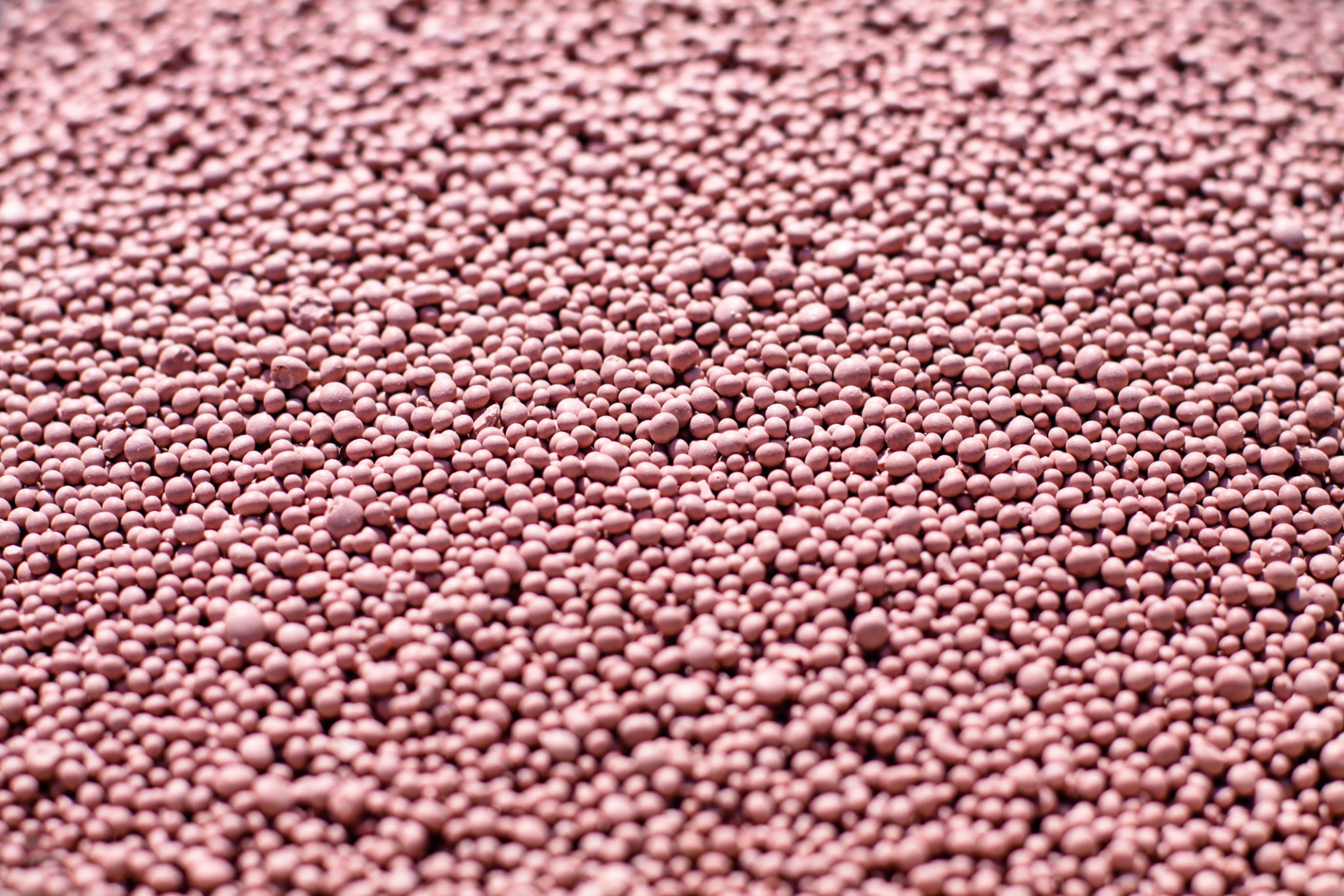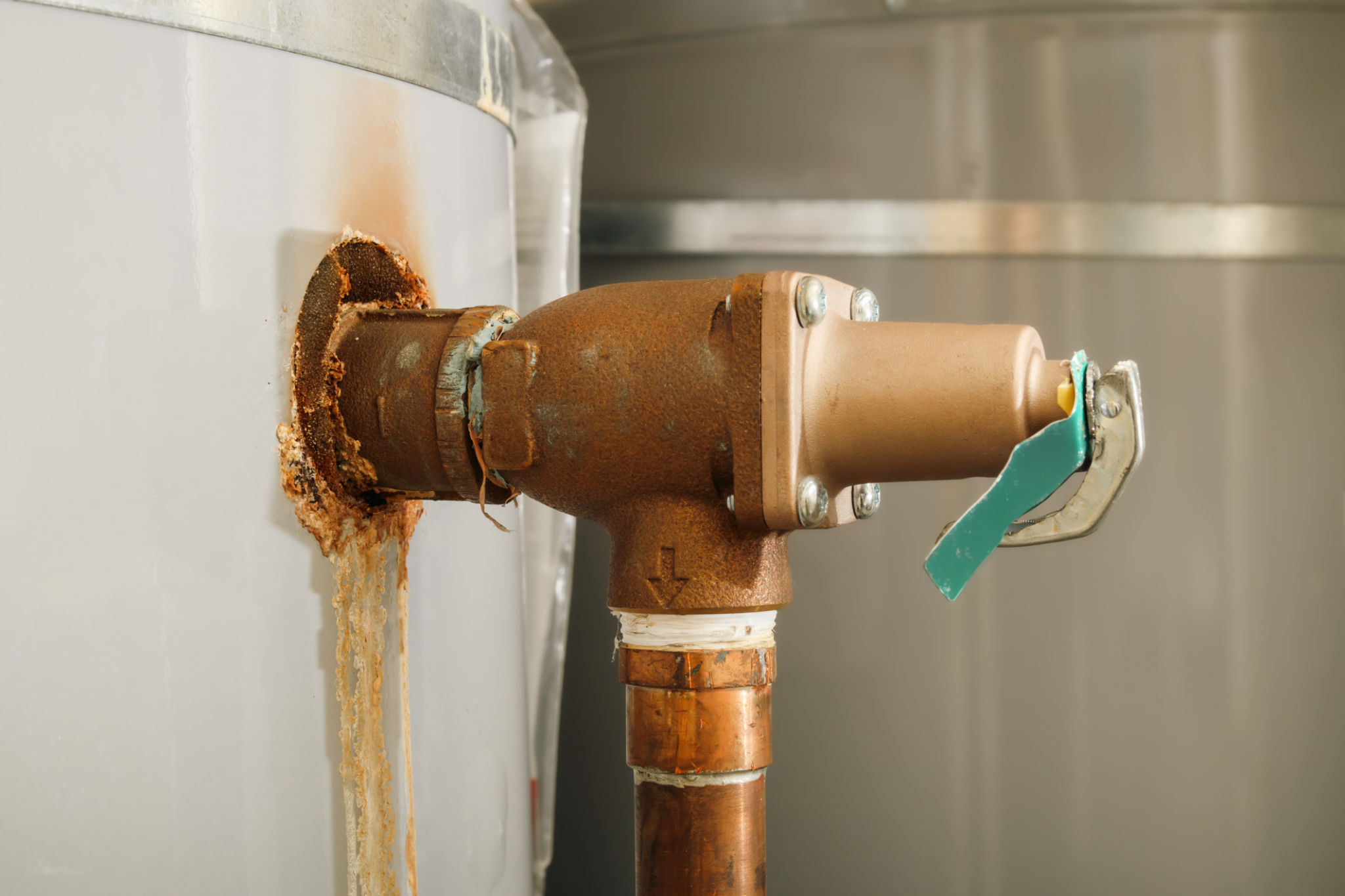How to Ensure Quality in Urea for Automotive AdBlue: A Guide
Understanding the Importance of Urea Quality in AdBlue
AdBlue, a solution used in diesel engines to reduce nitrogen oxide emissions, is crucial for meeting environmental standards. It consists primarily of high-purity urea and deionized water. Ensuring the quality of urea is essential to maintain the effectiveness and efficiency of AdBlue. Poor quality urea can lead to clogged systems, increased emissions, and even engine damage.
The quality of urea directly impacts the performance of Selective Catalytic Reduction (SCR) systems. Therefore, testing and maintaining high standards of urea is not just a regulatory requirement but also a safeguard for your vehicle's health. Understanding how to ensure quality in urea can save both time and money in the long run.

Standards and Specifications for Urea Quality
Urea used in AdBlue must comply with the ISO 22241 standard, which specifies the necessary purity levels. This standard ensures that the urea is free from contaminants such as biuret, aldehydes, and heavy metals. These impurities can negatively affect the SCR system's performance and longevity.
Adhering to these standards involves sourcing urea from reputable suppliers who provide certification of compliance. Regular checks and documentation are essential to verify that the urea being used meets these stringent requirements. Always request a Certificate of Analysis (CoA) when purchasing urea to ensure it meets ISO standards.
Testing Methods for Urea Quality
There are several testing methods available to ensure urea quality. One of the most common methods is High-Performance Liquid Chromatography (HPLC), which accurately measures the concentration of urea and detects impurities. Regular testing helps maintain consistent quality and performance in AdBlue solutions.

Another valuable testing method is spectroscopy, which can identify various impurities in urea. Spectroscopic analysis is non-destructive and provides a detailed breakdown of the urea's composition. This method is especially useful for routine quality assurance checks.
Best Practices for Handling and Storage
Proper handling and storage are crucial to maintaining urea quality. Urea should be stored in a cool, dry place away from direct sunlight and moisture. Exposure to these elements can degrade its quality, leading to potential issues with AdBlue performance.
Containers used for storage should be clean and made of materials that do not react with urea. Stainless steel or high-density polyethylene (HDPE) are recommended materials for storage containers. It is also important to regularly inspect storage facilities for any signs of contamination or degradation.

Ensuring Supplier Reliability
Working with reliable suppliers is integral to ensuring high-quality urea. Choose suppliers who have a proven track record of delivering products that meet ISO 22241 standards. Establishing long-term relationships with trustworthy suppliers can provide greater assurance of consistent quality.
Regular audits and assessments of suppliers can help identify any potential issues before they affect your AdBlue solution. Transparent communication with suppliers about quality requirements and expectations will further enhance the reliability of the urea supplied.
Conclusion
Ensuring the quality of urea for automotive AdBlue is a multi-faceted process involving adherence to standards, regular testing, proper handling, and choosing reliable suppliers. By following these guidelines, you can maintain the efficiency and longevity of your vehicle's emission control systems while contributing to a cleaner environment.
